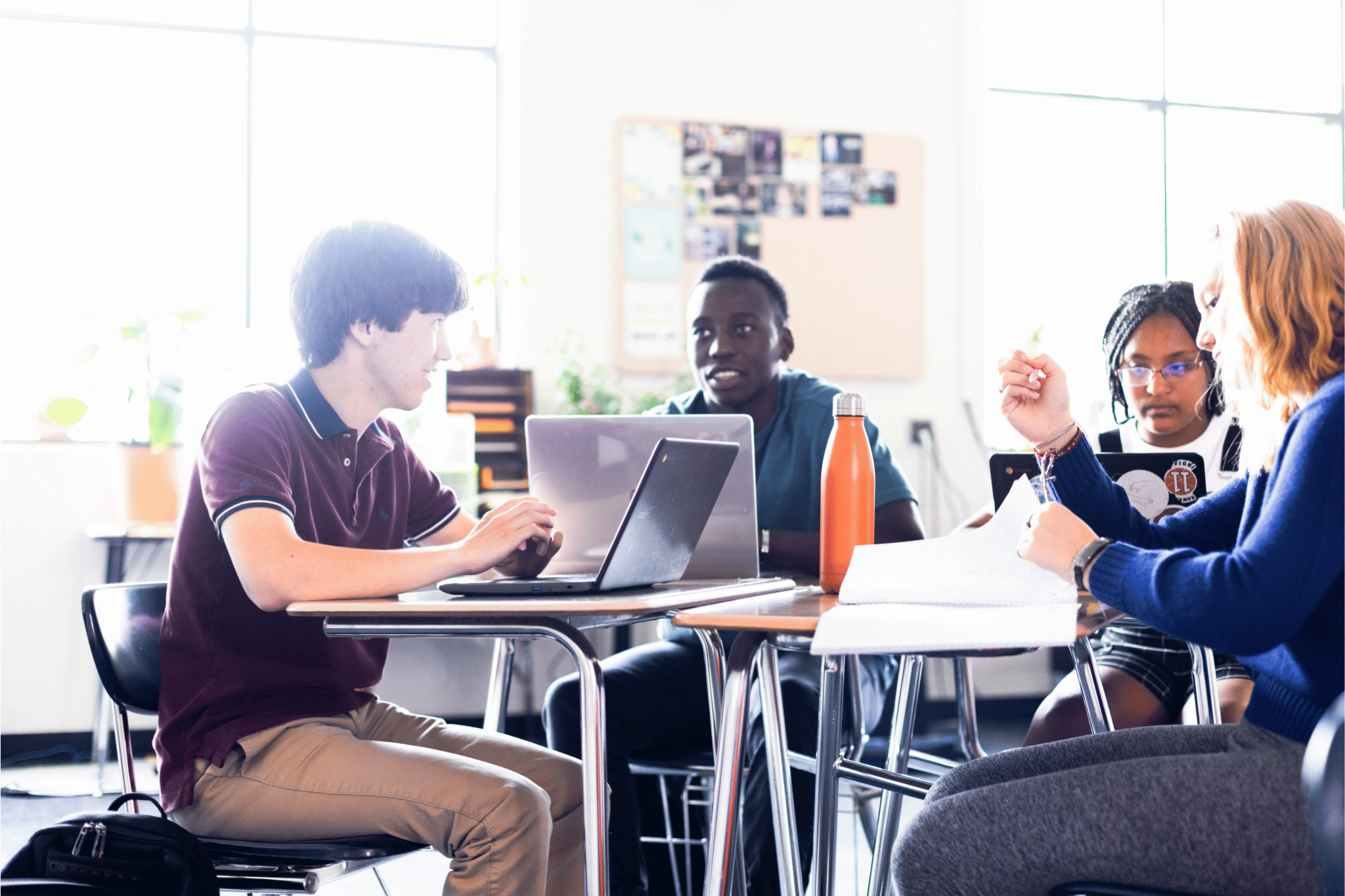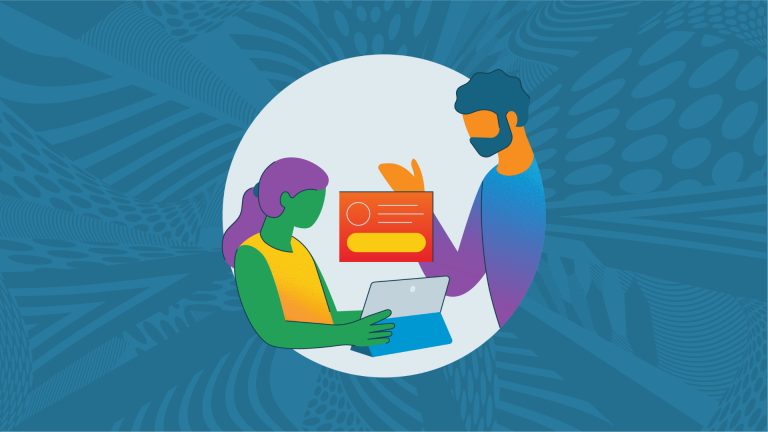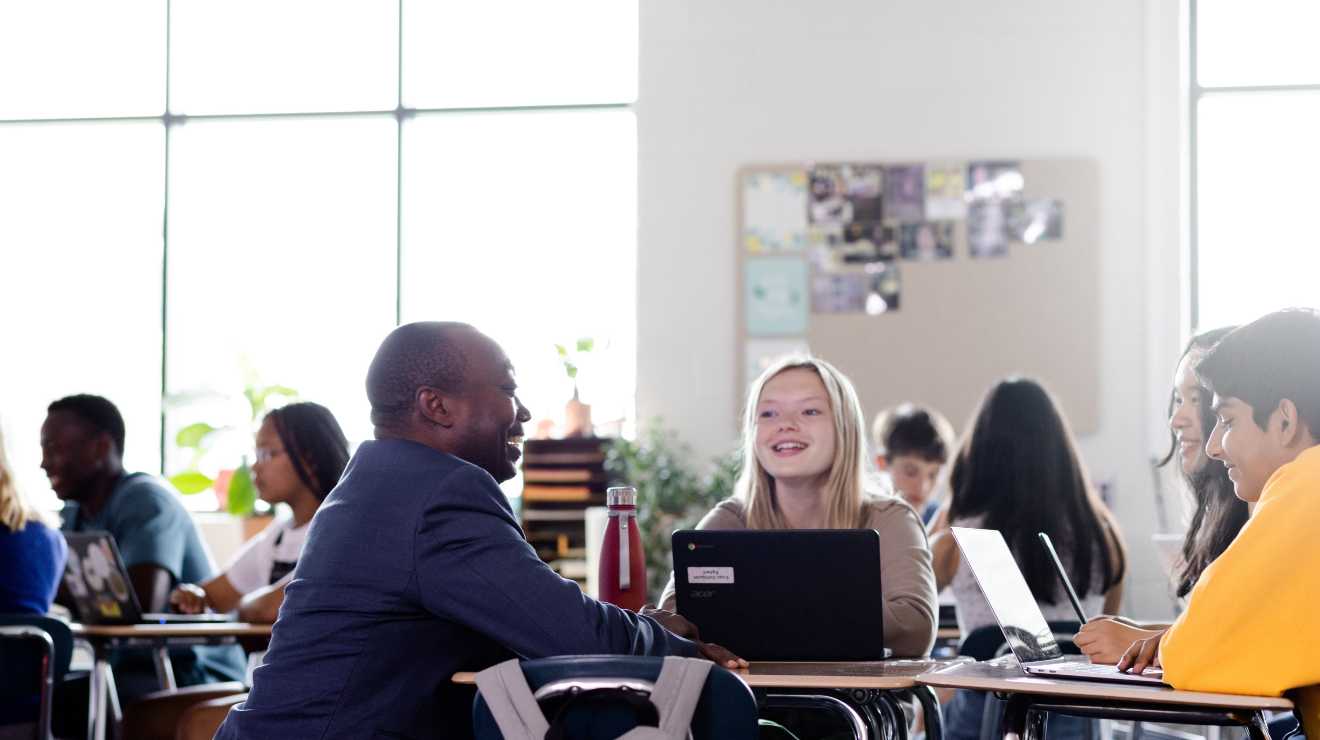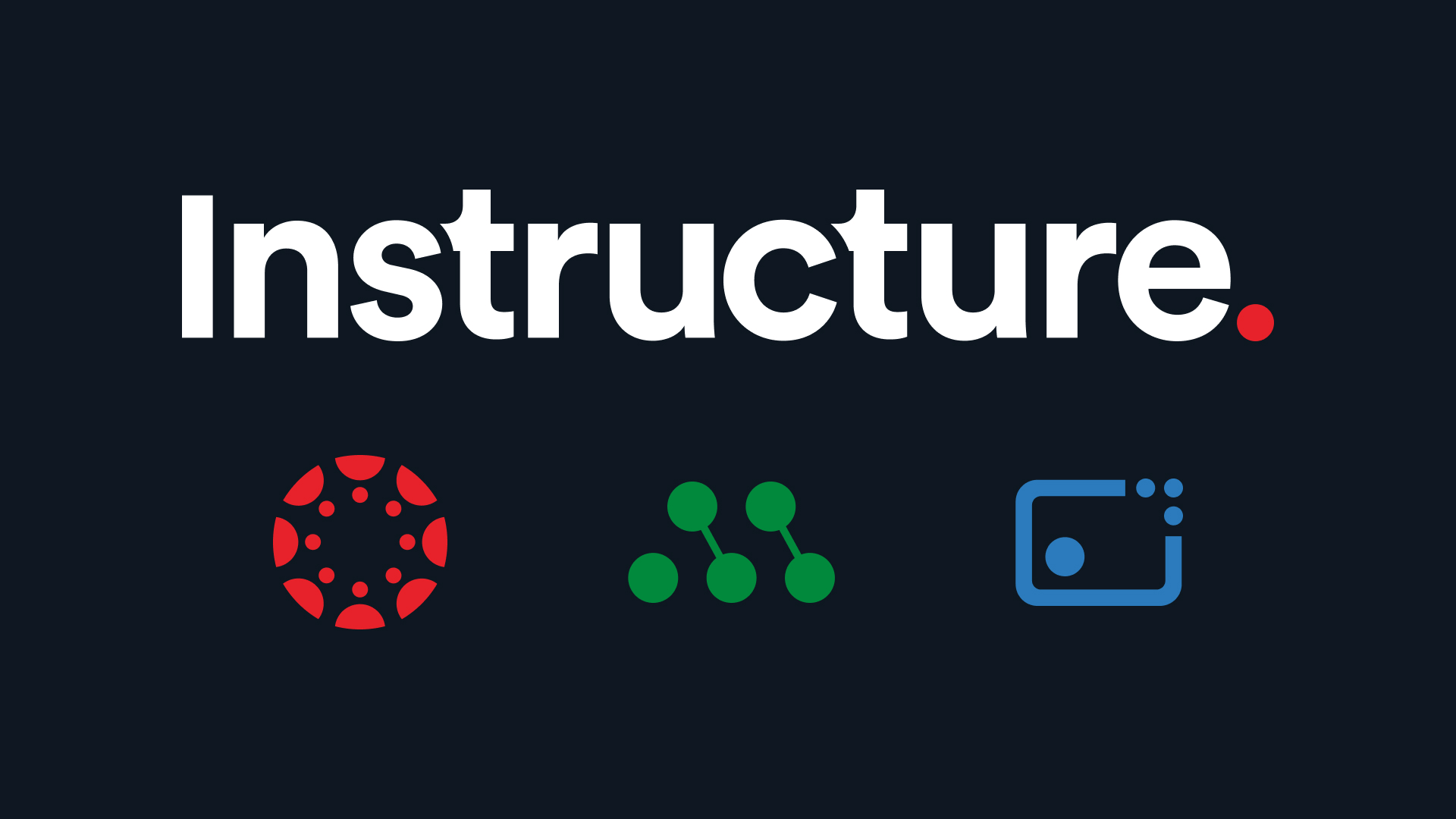Schools are looking for ways to address learning gaps and maximize instructional time in the wake of disrupted learning. An effective strategy to do this is through Tier 1 instruction. Tier 1 instruction provides all students with high-quality, initial classroom instruction tied to a guaranteed and viable curriculum powered by research-backed strategies. Tier 1 instructional strategies are essential to supporting students in the classroom. Teachers must provide high-quality instruction for their students, and building a robust instructional strategy is an excellent place to start.
However, delivering comprehensive Tier 1 instruction can be a tall order, as classrooms have many students with diverse strengths and needs. Not to mention all the other tasks teachers juggle, like grading, classroom management, synthesizing assessment data, building and maintaining student relationships, and much more.
This article will cover the following questions and essential strategies for providing all students with an equitable learning experience:
- MTSS: Framework Overview
- What is Tier 1 Instruction?
- 12 Effective Tier 1 Instructional Strategies & Best Practices
- Bringing it All Together: Tier 1 Instructional Checklist
MTSS: Framework Overview
Before covering the value of Tier 1 instruction for today’s classrooms, understanding the MTSS Framework is helpful. MTSS stands for a multi-tiered system of supports and is typically displayed as a triangle.
In this triangle, each layer represents a type of support for students' academic and behavioral needs.
Tier 1 is the broadest, most universal rung of support in which educators aim to meet the needs of most students school-wide. The level of support grows more personalized as the tiers increase. Tier 2 support identifies at-risk students across various data points, and students placed in Tier 3 are proactively supported by schools with individualized intervention plans for core subjects and behavior.
Schools use this framework to identify holistic student needs and design data-driven interventions. The belief that schools must support the whole child - academic, behavioral, and social needs - is at the heart of this framework.
What Is Tier 1 Instruction?
As previously mentioned, Tier 1 instruction provides all students with high-quality, initial classroom instruction tied to a guaranteed and viable curriculum powered by research-backed strategies.

The Tier 1 instructional programs are typically synonymous with core subjects, including but not limited to reading or math curriculum, and are often aligned with individual state standards. Proactive, evidence-based strategies allow teachers to support student learning and development.
A robust Tier 1 classroom includes:
- Standards-aligned coursework
- Rigorous, reliable assessment
- Targeted remediation and enrichment
Additionally, students should be able to accomplish the following:
- Mastery of key, standards-aligned academic skills
- Self-regulation
- Problem-solving
- Effective communication & social skills
Educators design Tier 1 interventions so all students can build these skills - regardless of their learning profile or any challenges they face outside of school.
Because every student experiences Tier 1 instruction at some point in their academic career, schools must ensure it is of the highest quality. Focusing on robust Tier 1 instruction ensures that most students receive the highest quality instruction on the front end and lessens the number of specialized interventions required.
12 Effective Tier 1 Instructional Strategies & Best Practices
Below are some strategies teachers can implement to enhance instruction in their classrooms.
- Modeling: A strategy that teachers can use frequently. Engage students by demonstrating a skill or concept and then guiding students through applying it. Modeling often involves both visual and verbal cues during instruction.
- Collaborative Learning: In this strategy, students work in groups to explore and discuss a topic. Being intentional about which students work together and establishing ground rules for listening to one another are essential for success. The world is collaborative, and offering students opportunities to learn how to collaborate early is vital to their future success.
- Inquiry-Based Learning: Student engagement remains a crucial indicator of student success. However, it can be challenging to prompt students to lead the conversation in the classroom. With Inquiry-Based Learning, teachers ask targeted questions to pique students’ interest, allow class time for topic research to promote student-led topic exploration and spark conversation in the classroom.
- Differentiated Instruction: Student needs are diverse. Through differentiated instruction, teachers tailor instruction to meet the needs of individual students. It may look like teachers adapting a reading selection to the appropriate level for each student in the classroom or assigning a project requiring more knowledge gathering for students who need to grow that muscle.

- Scaffolding: While differentiated instruction focuses on the student, scaffolding considers the needs of the entire class. It involves providing support to help all learners build on existing knowledge or develop new skills in the planning, designing, and delivering a lesson.
- Metacognition: Self-aware individuals reap greater satisfaction in school, relationships, and life. Allowing students to learn and practice the skills needed to be self-aware early is essential. Enter metacognition. Metacognition encourages students to analyze how they think. Educators can foster this self-awareness by providing students with research about how their brains process information (i.e., growth mindset v. fixed mindset) and allowing plenty of opportunities for reflection after completing an assignment or project (i.e., What did I learn from this assignment? Where can I grow? What feelings arose for me while I was trying to solve this problem?).
- Technology Integration: It’s no secret that we live in a digital world. The right technology in school prepares students for the world they’ll someday enter as adults. Adaptive technology, for instance, allows educators to differentiate instruction further. Schools should incorporate digital tools where possible, and ideally, these tools should integrate seamlessly with one another to amplify teaching, elevate learning, and intensify impact.
- Active Learning: Active learning engages students in hands-on activities to support their understanding and put them at the center of their learning process. Some examples of active learning include reciprocal questioning when introducing a new topic (i.e., describe x in your own words), three-step interviews where students explore a topic by asking each other questions, and peer teaching. Whereas passive learning tends to focus on the educator and the content being delivered, active learning puts students in the driver's seat.
- Problem-Based Learning: Context is critical. And learning is more engaging when students can explore real-life, complex problems together. Problem-Based Learning, or PBL, can be incorporated into most subjects. Rather than spending classroom time with teachers presenting the key information students need to succeed, PBL introduces a real-world problem and allows students to dissect and discuss it with their peers. Case studies, roleplays, and simulations are effective ways to start with PBL. The emphasis in problem-based learning is on hypothesizing and gaining knowledge through exploring rather than the solution.
- Project-Based Learning: Commonly confused with Problem-Based Learning, Project-Based Learning is another collaborative strategy where educators develop extended projects to deepen student understanding. In this strategy, students work together on open-ended assignments with multiple correct solutions. In their teams, they may create solutions that they refine with expert research or rounds of peer review. This strategy allows students to conceptualize how they might solve problems in the real world and builds their creativity.
- Game-Based Learning: Game-based learning, simply put, means using a game’s environment to engage students and help them learn. Game-based learning puts students in an environment where they can experiment. Teachers can use board games and digital gaming environments to allow students to make decisions independently, think critically about how their choices impact outcomes, and learn from failures.
- Visual Learning: Using diagrams, images, and videos to support comprehension are just some ways educators can employ visual learning as a strategy in Tier 1 instruction. Collaborative tools like Lucid for Education create a virtual environment for students to draw, design, and brainstorm. KWL charts, Venn Diagrams, and concept maps are other tools that help students visualize what they know, what they are learning, and other abstract concepts.
Each of these strategies, when implemented mindfully, provides educators with a robust toolkit to elevate Tier 1 instruction and provide all students with an engaging learning environment.
Bringing it all Together: Tier 1 Instructional Checklist
In addition to these instructional strategies, there are other ways that teachers can elevate the Tier 1 learning environment. The instructional strategies an educator implements are just one part of a successful classroom.
Here’s a Tier 1 instructional checklist to get started:
- Establish Classroom Rules and Procedures: Develop and communicate clear classroom rules and procedures that students understand and follow consistently. Learning can only happen in environments where students know what to expect. Rules and procedures allow teachers to establish consistency and build a productive learning environment. Consider giving students a voice in this process. How would they like their classroom to operate? What have they enjoyed about other classrooms? Fostering collaboration increases the likelihood that students respect and adhere to the procedures.
- Teach Positive Behaviors: Teach positive behaviors that promote academic success, such as respect, responsibility, and perseverance.
- Provide Opportunities for Student Choice: Provide opportunities for student choice and autonomy, which can increase motivation and engagement.
- Foster Positive Relationships: Develop positive relationships with students, building trust and rapport.
- Test a Variety of Instructional Strategies: Educators bring unique skill sets to their classrooms. Test out some of the instructional strategies above and continue experimenting until you find the best balance for your classroom. While some teachers may feel confident with PBL others may excel in gamification, identify your strengths and fill in any gaps by collaborating with other educators.
- Provide Consistent Feedback: Provide consistent and specific feedback to students about their performance, focusing on areas for improvement and acknowledging progress.
- Monitor Student Progress & Use Data to Inform Instruction: Monitor student progress regularly and adjust instruction accordingly. Use data to identify areas of student need and modify instruction accordingly.
- Use Technology Effectively: Use technology effectively to enhance instruction and engage students.
- Collaborate with Colleagues and Families: Collaborate with fellow teachers and families to support student learning and well-being.

Remember, the strategies and checklist provided here are just a starting point, and educators may need to adapt this checklist to fit the needs of their specific students. A good educator knows what their students need and isn’t afraid to adjust materials as required.
The right digital tools, instructional strategies, and classroom procedures enable educators to deliver enhanced Tier 1 instruction. Learn more about how Prince William County Public Schools improved Tier 1 instruction with an integrated LMS + AMS.




